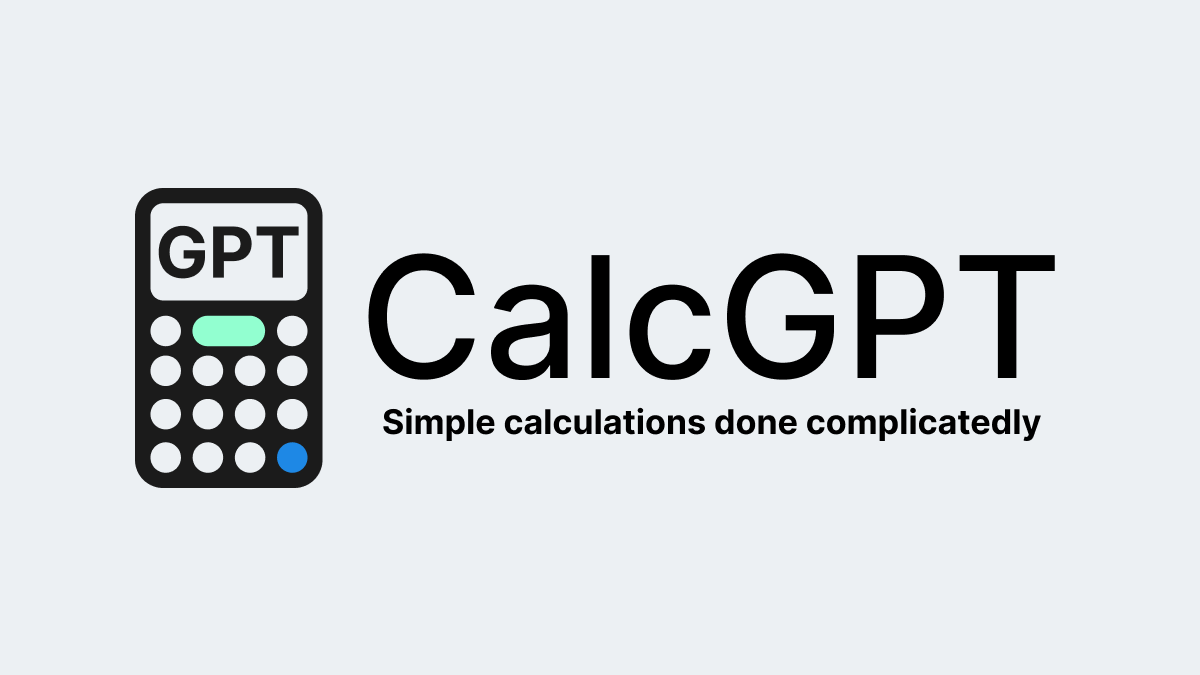- cross-posted to:
- internetisbeautiful
- [email protected]
- cross-posted to:
- internetisbeautiful
- [email protected]
Somebody built a chatGPT powerded calculator as a joke
https://github.com/Calvin-LL/CalcGPT.io
TODO: Add blockchain into this somehow to make it more stupid.



sure you can, it just needs to be specialized for that task
I’m curious what approaches you’re thinking about. When last looking into the matter I found some research in Neural Turing Machines, but they’re so obscure I hadn’t ever heard of them and assume they’re not widely used.
While you could build a model to answer math questions for a set input space, these approaches break down once you expand beyond the input space.
neural network, takes two numbers as input, outputs sum. no hidden layers or activation function.
Yeah, but since Neural networks are really function approximators, the farther you move away from the training input space, the higher the error rate will get. For multiplication it gets worse because layers are generally additive, so you’d need layers = largest input value to work.
hear me out: evolving finite state automaton (plus tape)
Is that a thing? Looking it up I really only see a couple one off papers on mixing deep learning and finite state machines. Do you have examples or references to what you’re talking about, or is it just a concept?
just a slightly seared concept
though it’s just an evolving turing machine